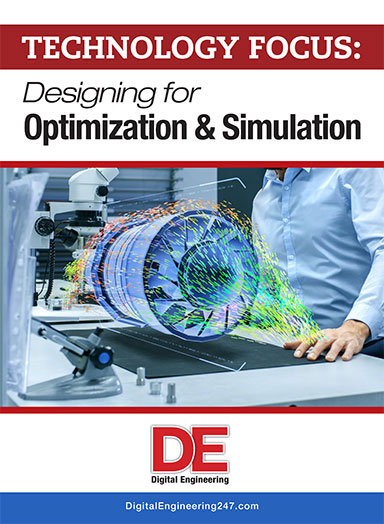Volkswagen Reshapes Classic Microbus with Generative Design
VW uses Autodesk Fusion to design Type 20 concept van
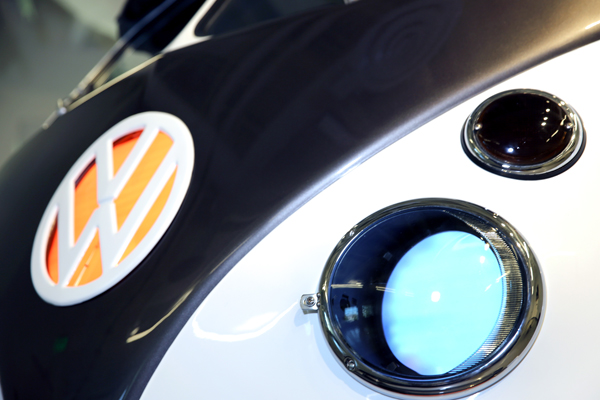
A closeup of the VW Type 20 concept van. Image courtesy of VW Group.
Latest News
July 16, 2019
This month, the Volkswagen Group America's Electronics Research Laboratory (ERL) reached its 20-year milestone. A clear sign of growth, ERL is changing its name to the Innovation and Engineering Center California (IECC), to serve as “the largest Volkswagen vehicle research facility outside Germany,” according to the VW Group's announcement.
Befitting a leading automaker, VW Group is celebrating the occasion by unveiling the VW Type 20, a new concept minivan. The new Type 20 draws on the aesthetics of the classic 1962 Type 2 Microbus, dating back to the Cold War, the Vietnam War, and The Beatles (at the time still a touring music group, yet to make their breakout TV appearance on the Ed Sullivan Show).
But the Type 20 also shows distinct characteristics of modern design, specifically its steering wheel, side mirror arm, wheels, and seat support designed in Autodesk Fusion 360's generative design technology, as recorded in this Autodesk blog post.
“With generative design it’s possible to create structures that we, as human designers and engineers, could never have created otherwise,” said Andrew Morandi, senior product designer, Volkswagen Group. “One of the biggest surprises for me was seeing just how much material you could remove from a conventional wheel structure. When the final rims arrived here on site, it was kind of like Christmas morning. The whole team was excited to open the box and see how these really work.”
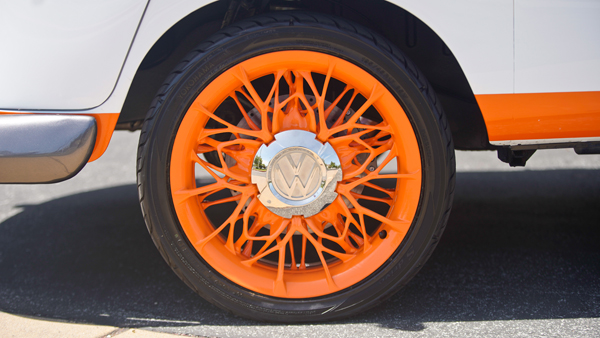
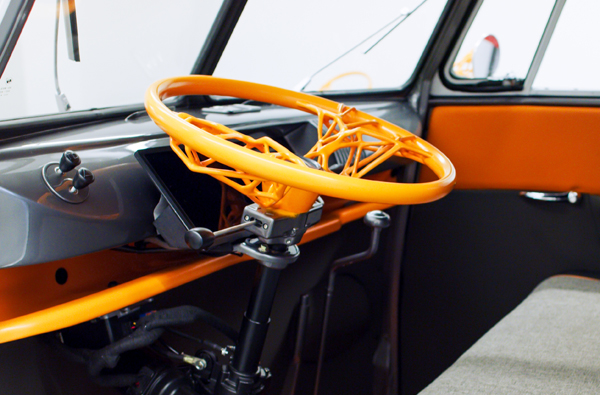
Volkswagen and Autodesk
Generative design, also called algorithm-driven design or topology optimization, is driven by design software that can suggest suitable topology based on the anticipated stress loads, function, target materials, and other input parameters. It is part of Autodesk Fusion 360, an integrated CAD, CAM, CAE package.
The latest incarnation allows users to also specify preferred manufacturing methods, to ensure the software-generated topology is not likely to cause problems in the manufacturing process.
“From the time VW Group engineers gave us their sketches with the design intent showing which direction they wanted to go, to completion just took four months,” recalled Paul Sohi, technology evangelist, Fusion 360. “Typically, new wheel design requires a minimum of one year, due to the rigorous amount of testing involved. For VW Group, being able to cut down that lead time significantly was surprising.”
Since the process is largely digital, software-suggested designs were easy to further test using simulation. “But the topology was so radically different we did an extensive amount of verification to make sure they could stand up to the load and meet the required safety factor,” explained Sohi.
“A steering wheel is not a particularly heavy component but it’s the primary touchpoint for the driver. People aren’t really accustomed to touching mounts or supports,” remarked Erik Glaser, principal product designer, Volkswagen Group. “We wanted to put a generatively designed object in a place where people will touch it because not only is it intricate and beautiful, but it can also give a sense of just how strong these parts can be.”
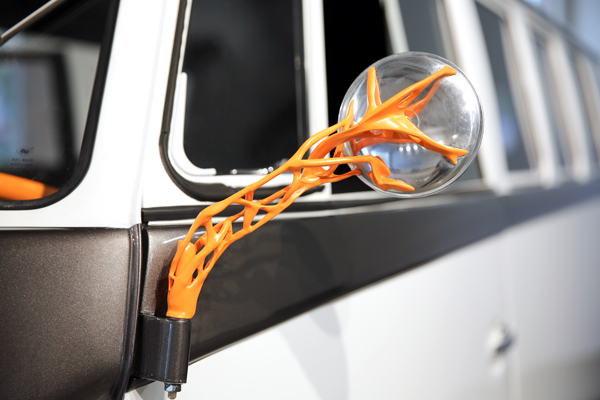 VW Type 20 concept van's side mirror arm, designed in Autodesk Fusion's generative design technology. Image courtesy of VW Group.
VW Type 20 concept van's side mirror arm, designed in Autodesk Fusion's generative design technology. Image courtesy of VW Group.Generative Design Becomes a Staple
With generative design, software-generated topology tends to defy typical shapes, making some engineers doubt the robustness of the design. Thus, it could demand more rigorous simulation to convince the state holders to sign off on the final version.
“The geometry is radically different from typical wheels. There was no precedence for this type of wheels,” recalled Sohi. “We knew from simulation it is in fact ready for use. But we did further simulation in Fusion to study how it would react to events, such as crashes.”
Once considered an experimental technology, generative design has now been integrated with many mainstream design and simulation software. Such examples include Autodesk Fusion 360, SolidWorks, and Altair Inspire, among others.
Subscribe to our FREE magazine, FREE email newsletters or both!
Latest News
About the Author
Kenneth Wong is Digital Engineering’s resident blogger and senior editor. Email him at [email protected] or share your thoughts on this article at digitaleng.news/facebook.
Follow DE




